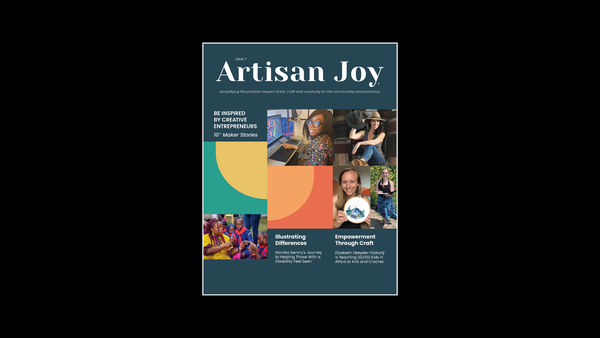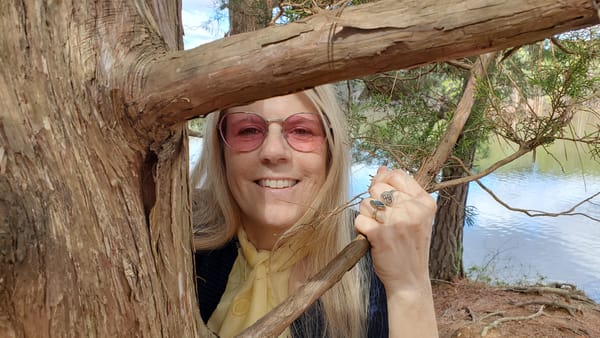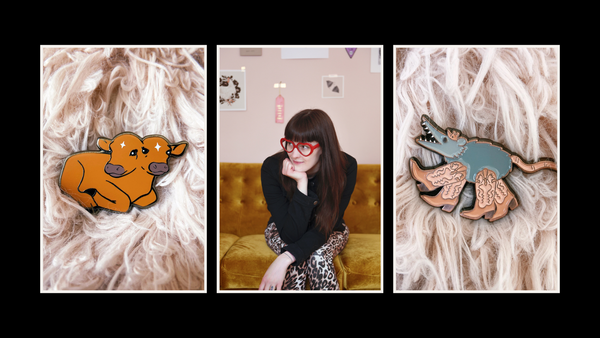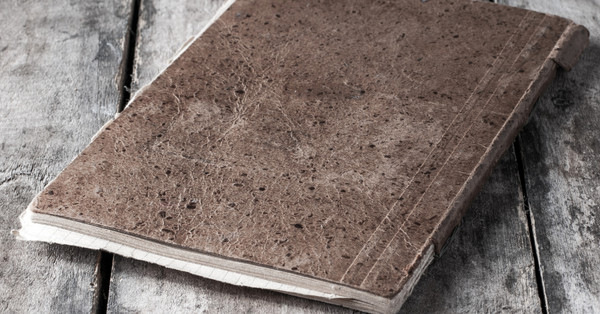Fiber Artist Paige St-Pierre Reveals Her Journey Into Sustainable Fashion
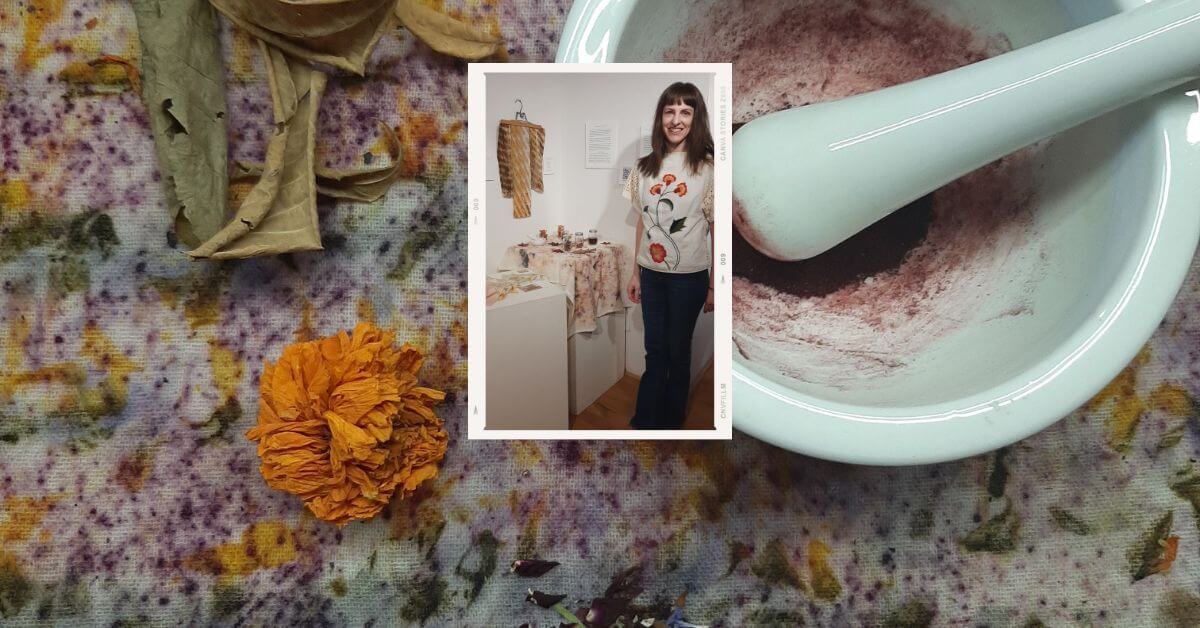
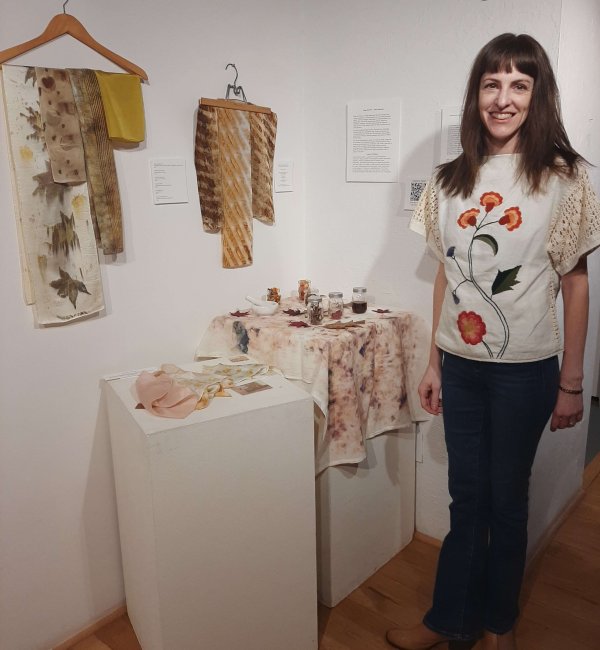
Paige St-Pierre is a fiber artist and teacher who creates visual and wearable pieces from earth pigments and reclaimed textiles. In our interview, the artist shares how she turned her craft into a business and her passion for sustainable fashion, including natural dyes and upcycling. Keep reading to learn more about Paige.
How did you get started creating your art?
I’ve always been inspired by all things handmade with cloth, paper and stitch. After many years as a French and English educator and being a full-time momma to two boys, I decided to follow my 12-year-old self’s passion for tailoring and fashion design. So, I went back to school to earn a degree in apparel design and development. Unfortunately, I ended up a COVID grad, with the spring quarter ending in April 2020. So, with no job prospects in sight, I took a deep dive into the fashion industry and quickly became shocked and depressed by the detrimental effects that garment production and synthetic dyes have on the environment and garment workers worldwide. As a result, I started teaching myself how to visibly mend my clothes and upcycle them with eco-printing or over-dyeing them with natural dye extracts. I also became involved with my local Zero Waste Washington group and earned a certificate to become a Zero Waste Associate with the Zero Waste USA organization.
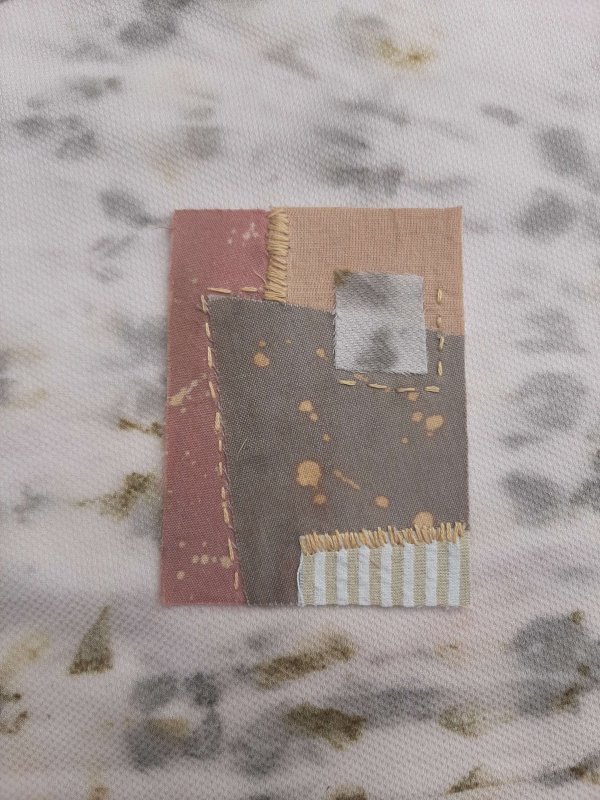
At what point did you realize that you could turn your artwork into a business?
On a friend’s suggestion, I entered a local “Trashion” show contest where participants made wearable garments from post-consumer textiles. To my surprise, I won the ‘Best Ready To Wear’ category! After that, I thought, “Hey, maybe I could make money by teaching people how to upcycle and naturally dye their clothes!?” I love learning new things, and teaching is in my DNA. I can’t not teach, and I also can’t not create. So, I decided to start a business teaching textile surface design workshops using natural dyes and visible mending. And here we are.

How do you define success for your creative business?
Combining my unique skillset of teacher, apparel designer and botanical alchemist with the flexibility to be with my boys when they need me, all while making a profit, is a pretty sweet gig to have!
Where do you find inspiration?
My backyard dye garden, neighborhood walks, local parks, botanical art books, antique handcrafts, my overflowing scrap fabric bins.

What’s one piece of advice you wish someone had given you when you first started your business?
Join Craft Industry Alliance. It’s like having a business coach minus the heavy price tag.
Editor’s Note: Save 20 percent on a Craft Industry Alliance membership with ARTISAN20
craftindustryalliance.org (affiliate link).
What advice would you give to someone who wants to begin selling their art or creative product?
Don’t be afraid to just start. You can change and adapt as you go. Take advantage of all the free webinars available to creatives. Don’t be afraid to create your own creative community. Email or DM people who are doing similar things as you in your area and see if they would be willing to meet for coffee. The worst they can do is ghost you.
What’s something our audience would be surprised to learn about you?
I dream in French as much as I do in English.
As creatives, we can be continuously creating and refining our art. How do you handle perfectionism?
I channel my inner Bob Ross and embrace all the happy accidents. Nature and people are perfectly imperfect.
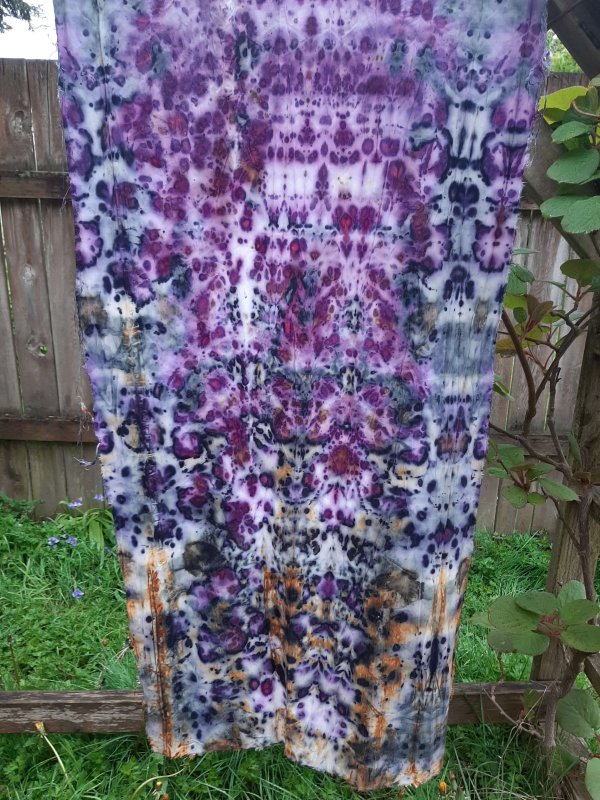
What’s something that surprised you about running a creative business?
How many details you need to keep track of for proper bookkeeping.
What advice would you give to someone about handling the highs and lows of running a business?
Your route to success will most likely be circuitous rather than linear. As long as you are making consistent progress toward your short and long-term goals, you’ll be fine.
Has someone ever criticized your work? How did you handle it?
Not necessarily my work but my pricing. This helped me to take an objective look at what I was offering versus what I was charging. In the end, I decided that people will pay for what they value.
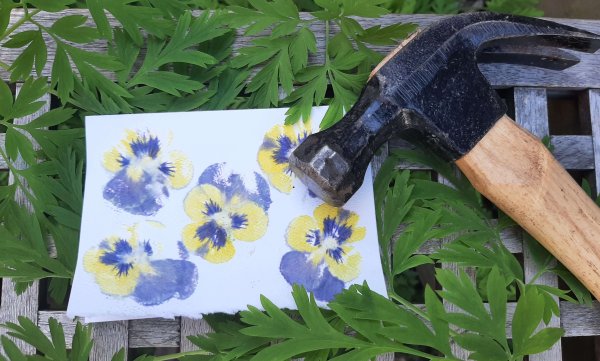
What’s a cause you are passionate about and why?
Building a circular economy through regenerative agriculture, textile recycling and reuse. There’s so much value and potential literally wasting away and creating greenhouse gases in our landfills around the world. You can learn more about these causes at fibershed.org and www.fashionrevolution.org
Can you share the name of a supplier or vendor that you use for your business that you just love—one that makes running a business a bit easier?
Botanicalcolors.com for all things natural dye-related, and wawak.com for all things sewing-related.
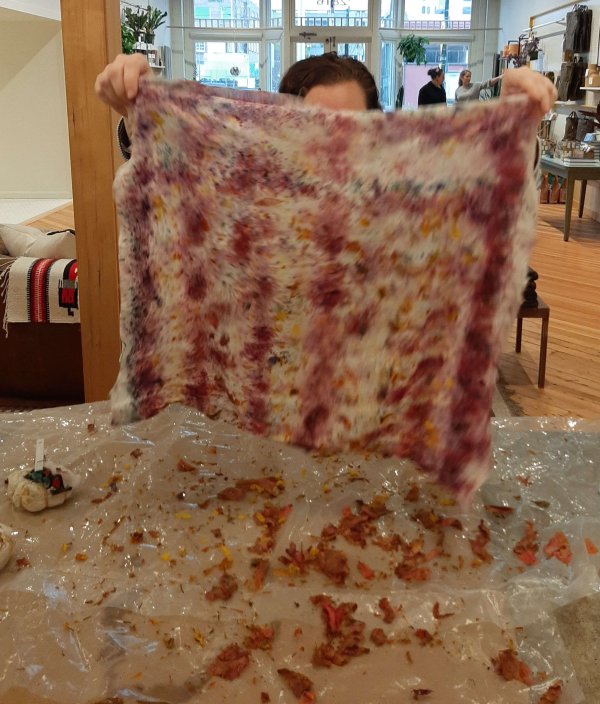
What brings you joy?
Teaching and creating really fuel my soul. There is nothing better than knowing I create a space for people in my classes to trust the process, truly let go and create for themselves without judgment. Being able to share my love of nature through natural dyeing and eco printing and teaching simple life skills like how to mend a tear, sew on a button or upcycle their wardrobe never gets old either.
Thanks, Paige! You can learn more about the artist at paigest-pierre.com.
Editor’s Note: This interview was edited slightly for editorial style.

